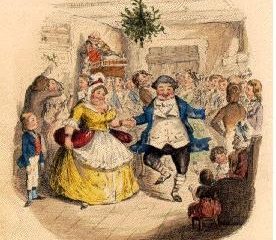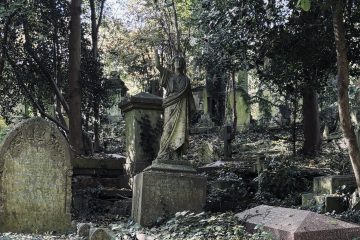I’ve just finished an OU English module (E301, The Art of English) which references a number of books I determined to read once the module was over. Listing them here in case you are in need of suggestions…and please feel free to make suggestions yourself.

Alex Garland (2004) The Coma
Plot: A man is beaten unconscious on a late-night train and wakes up in hospital…or does he?
Amanda’s pre-reading assessment: Garland authored The Beach, but I get the impression that those who enjoyed the best-seller were heartily disappointed by this novella. It is an example of how illustrations can add to the text. The woodcuts (by Garland senior, a political cartoonist for the Daily Telegraph) “convey a sense of the threatening, alienating world that the narrator inhabits. The silhouettes of the policemen and doctors loom over the man in hospital, but we never see their faces and nor does the comatose man. The result is a distancing, an ability only to see outlines and shadows, which take on the character of vague, unspecified threats.”
Amanda’s review: The Coma is a nightmare from which the narrator can’t escape. Atmospheric. Very short, easily read in one sitting.
DANIELEWSKI, M. (2000) House of Leaves, London, Anchor.
Plot: Tattooist finds a notebook about the Navidson Report which records a photojournalist’s family move to a new house. But soon the house starts to defy measurement and definition.
Amanda’s pre-reading assessment: The novel is postmodernist, which, to my understanding may be described as all is not what it seems, parody, or blurring of the boundaries between author and reader. Here, postmodernism is reflected in the use of different typefaces for each voice, and the characters intruding on each other’s prose (oh, and expect a page of braille, to boot). Precursors of postmodernist writing include Jorge Luis Borges and Samuel Beckett. The likes of Vladimir Nabokov, William Burroughs and Kurt Vonnegut have also been linked with postmodernism.
Amanda’s review: House of Leaves is a parody of academic papers, a consideration of how we read, and full of tension, multiple narratives and footnotes.
Lowlife, Johnny Truant, finds an academic treatise in the apartment of blind*, elderly and recently-deceased, Zampanò. The manuscript concerns The Navidson Record, a documentary by photo-journalist, Will Navidson, about his family’s move to Virginia to “explore the quieter side of life”. Yet, Truant is unable to verify the film ever existed.
At his new home, Navidson discovers the inside of his house measures ¼ inch larger than the outside. He then finds a hallway, where none existed before. The hallway is ash grey, dark and cold.
The book’s layout reflects the plot, having a labyrinthine quality which, at times is claustrophobic, while at others, agoraphobic. Each narrator has a different font. The word house (also, haus and maison) is offset (and, if you have the colour version, it will be in colour).
This is a genuinely clever and thought-provoking book, often funny, with a threat of menace unknown, and, ultimately, very sad.
* Zampanò’s blindness is a nod to the blind authors Homer and Jorge Luis Borges.
CAREY, P. (2000) True History of the Kelly Gang, London, Faber and Faber.
Plot: Epistolary account of Ned Kelly, Australian outlaw.
Amanda’s pre-reading assessment: Warning, Carey uses “non-standard grammar and punctuation” (= [my interpretation] colloquial dialect and punctuation-lite) which will either place the reader in the mind of the narrator or it will make for an indecipherable read.
Amanda’s review: A beautifully written, fictional account of the Kelly Gang, full of unexpected subplots. The rhythm of Ned Kelly’s voice overcomes the scarcity of punctuation. Highly recommended.



1 Comment
Amanda Read · 06/24/2014 at 9:57 am
House of Leaves: If you want the full technicolor-and-added-Braille version, you need to go to the States/buy from a US website. Note, it might set you back ~£50. I might have been tempted – if only I’d known that there are four different versions available, before my copy arrived this morning. I’m slightly mollified, however, as the Black and White version has enough deviant text layout as to make me dizzy.